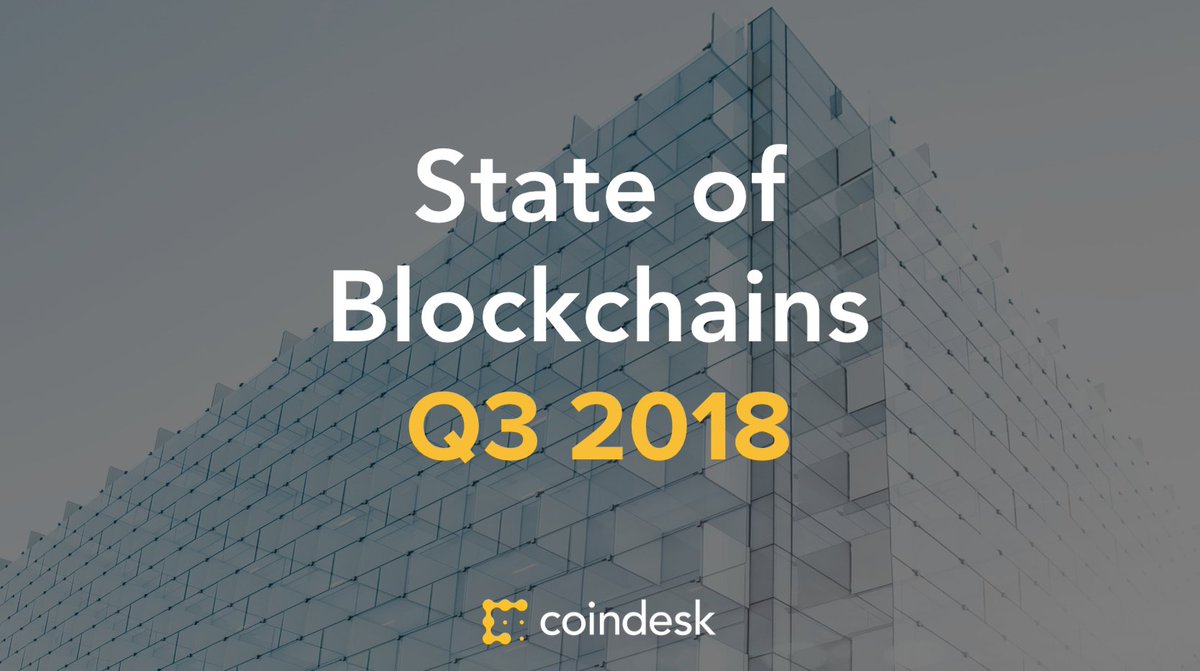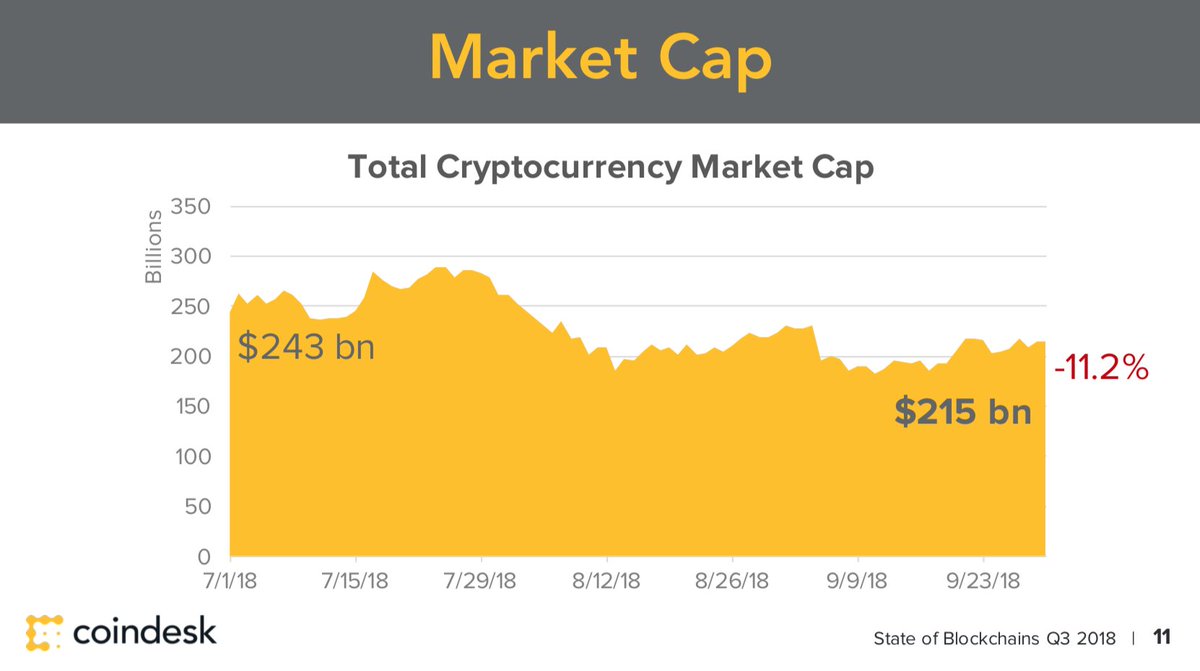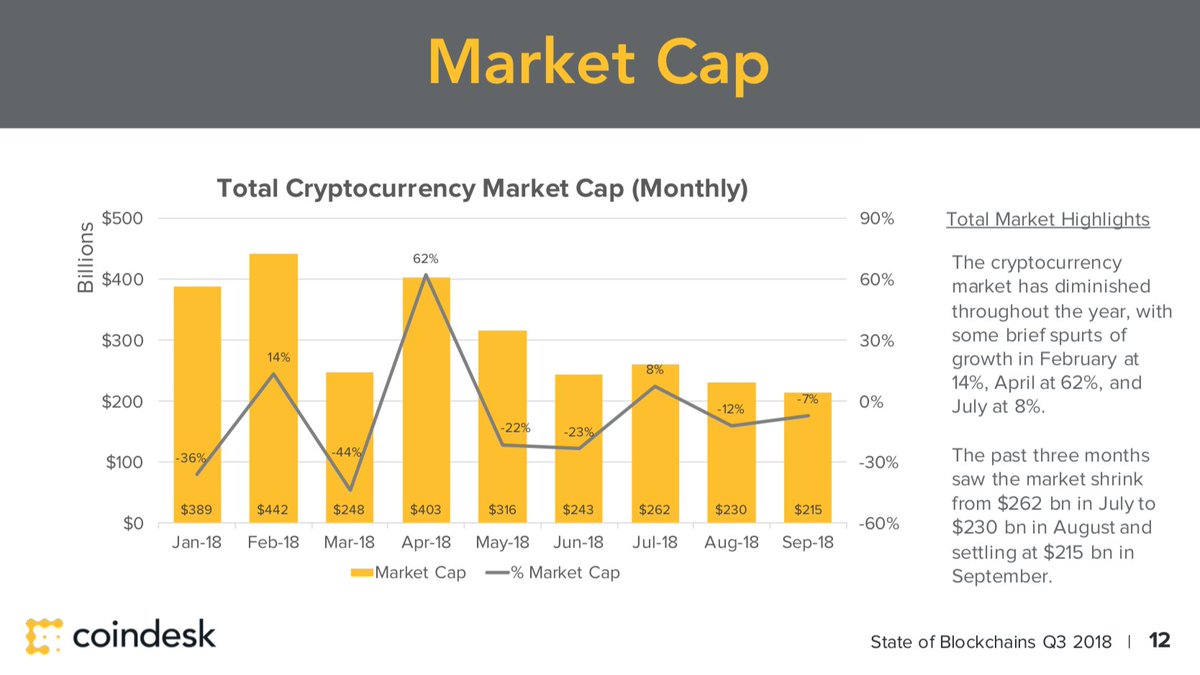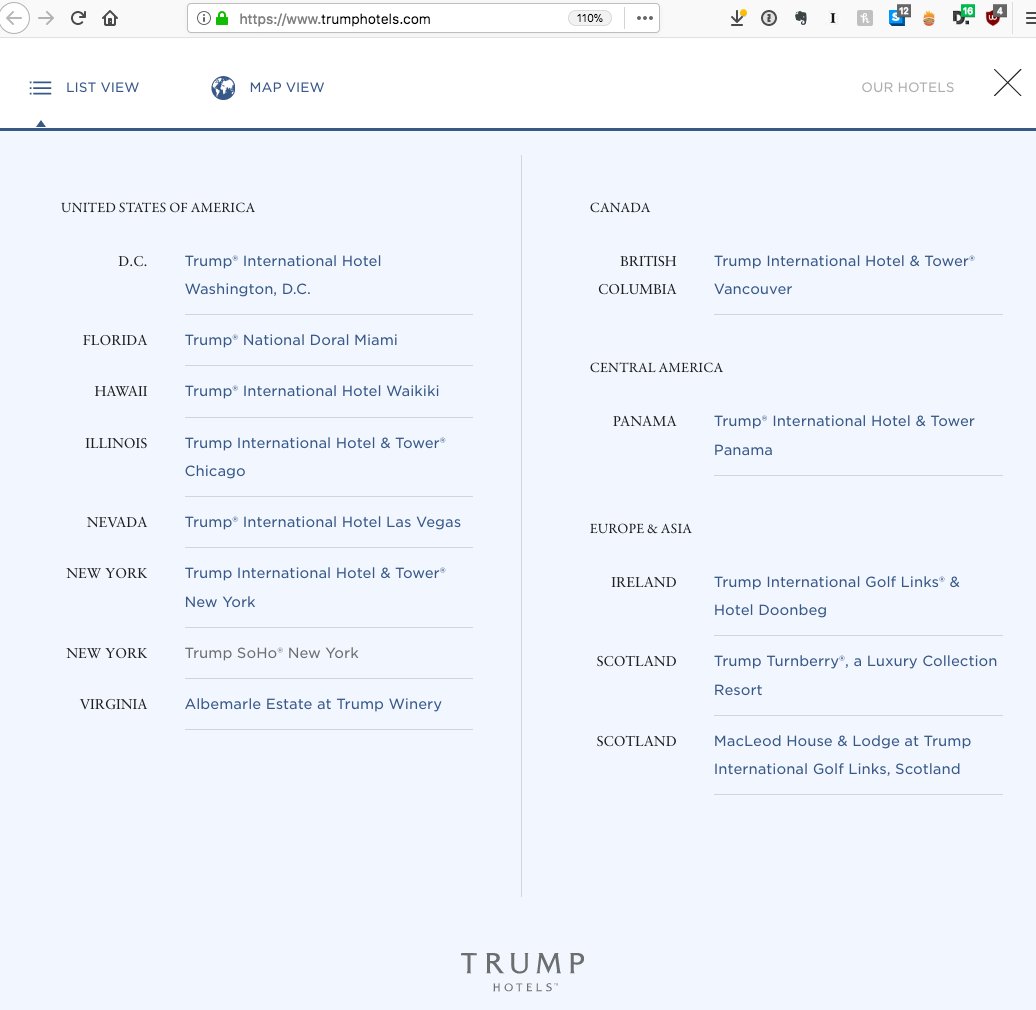A: Quite a lot!
Let’s take yesterday, 7/19, for example. It was a beautiful, cloudless day ...
But ISO-NE BTM PV data suggests how much BTM PV is saving *all* NE electric customers.
Get real-time email alerts when new unrolls are available from this author!
Twitter may remove this content at anytime, convert it as a PDF, save and print for later use!

1) Follow Thread Reader App on Twitter so you can easily mention us!
2) Go to a Twitter thread (series of Tweets by the same owner) and mention us with a keyword "unroll"
@threadreaderapp unroll
You can practice here first or read more on our help page!












